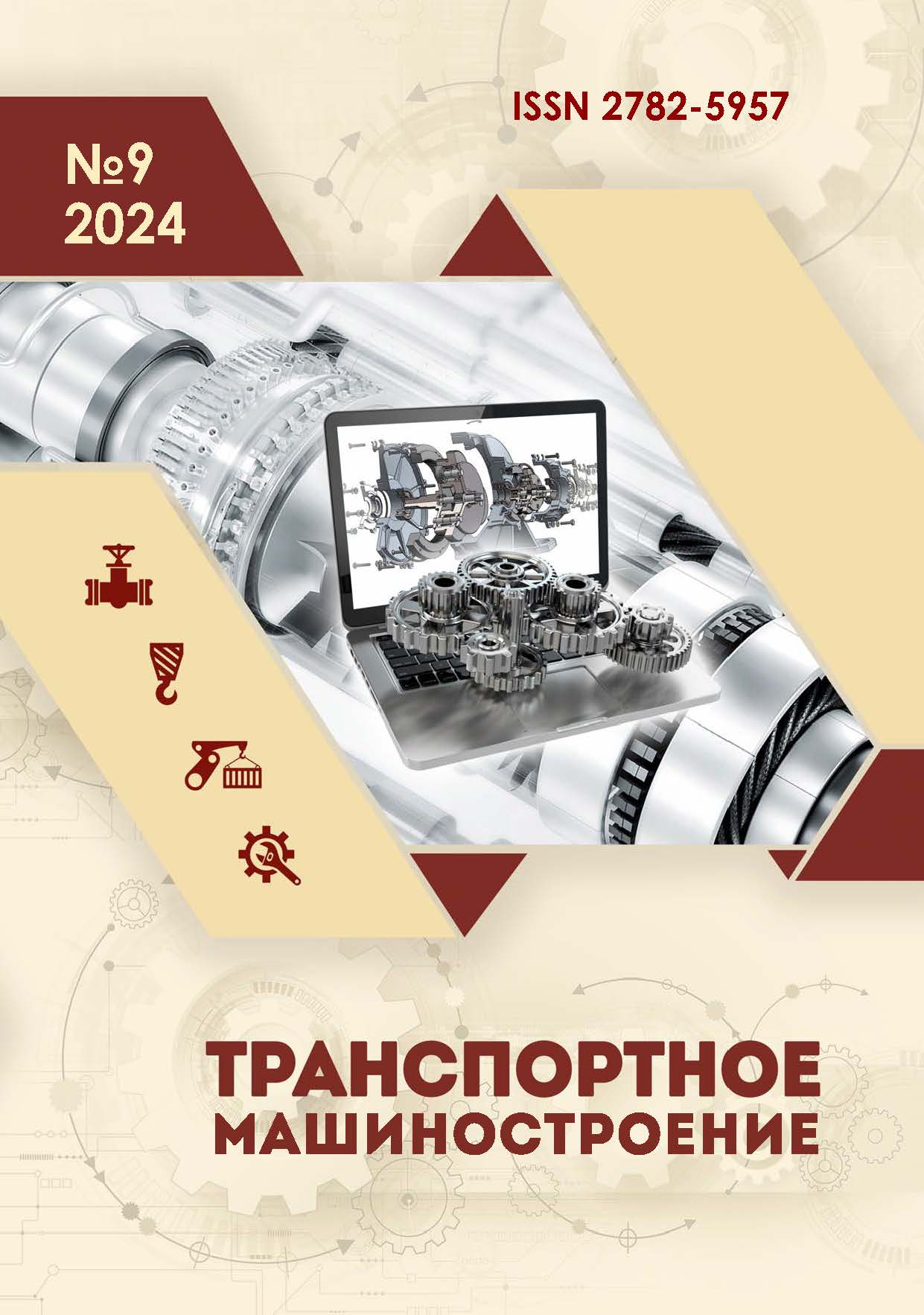employee
Omsk, Omsk, Russian Federation
BBK 345 Общая технология машиностроения. Обработка металлов
The paper considers the effect of displacing turning cutters after the renovation of the cutting edge relative to the axis of part rotation during machining railway wheels on the volume of the removed layer of material during cutting. The study objective is to determine the correction for the feed rate of the tool and the size of the removed layer of material after changing the geometric characteristics of the tool. The study was carried out using geometric and computer modeling based on calculations of the conventionally accepted length of the tool path, the contact area of the tool with the part and the angular displacement of the part relative to the tool. According to the results of the study, the data obtained are analyzed and it is concluded that when changing the rear angle of the tool by one degree, it is necessary to shift the plate by 8.55 mm relative to the axis of plate rotation in order to preserve the geometric parameters of the plate. When changing the position of the plate relative to the axis of the part rotation, the correction for the feed rate is not significant, the size of the removed layer does not reach 1 µm.
sharpening, tool, modeling, railway wheels, restoration, resource
1. Pogrebnyak RP. Technological load and accuracy of forming the shaped surface of a railway wheel with a form cutter. STIN; 2012.
2. Altukhova VV, Mokritsky BTa, Taranukha GV, Shpilev AM. Problems of processing wheels of railway cars. [Metalloobrabotka. 2012;5-6(71-72):54-63.
3. Averkov KV, Bunkova TG, Biserikan MI, Petrochenko CV. Optimization of the technological process of wheelset repair. Omsk Scientific Bulletin. 2018;1(157):19-22.
4. Buynosov AP. Methods of increasing the resource of wheel sets of traction rolling stock: monograph. Moscow: UMTS ZHDT; 2010.
5. Obryvalin AV. Machinability by cutting the material of car wheels of increased hardness when having operational defects. Modern Technologies. System Analysis. Modeling. 2009;2(22):30-35.






